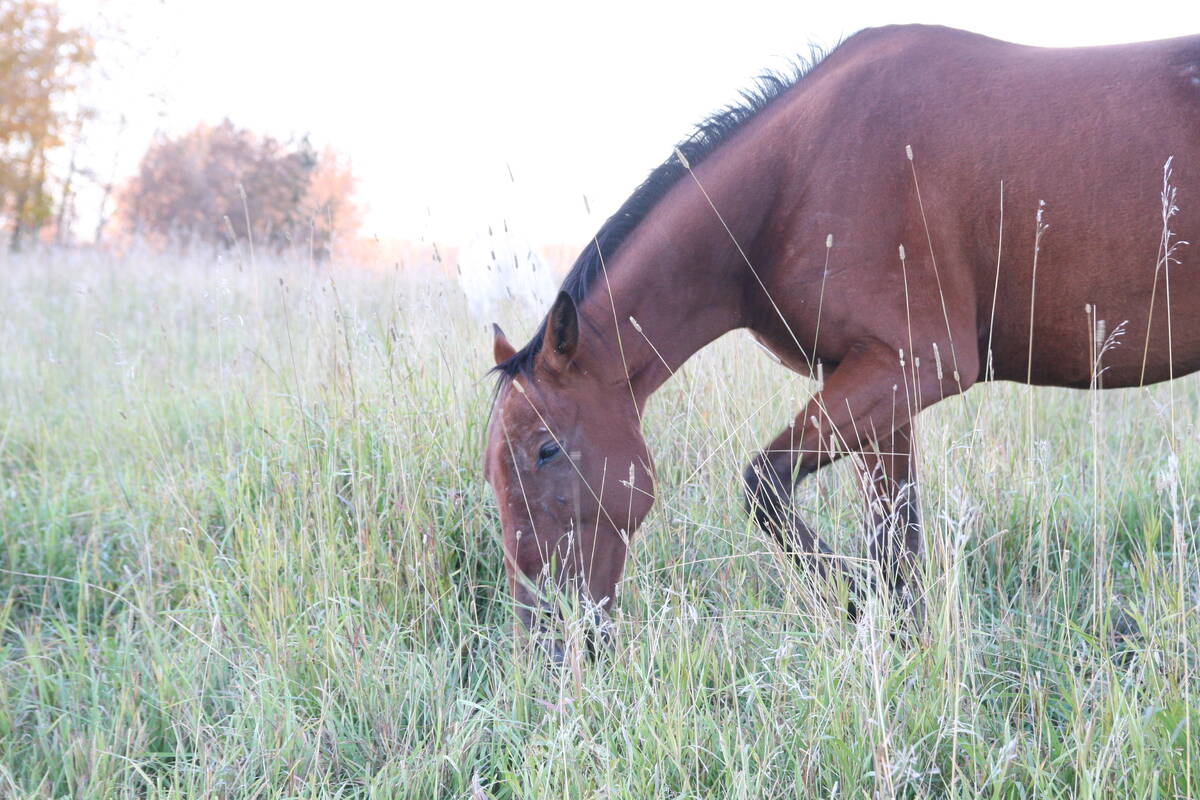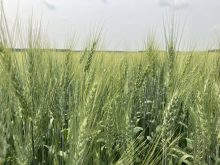The United Nations food agency’s world price index was largely stable in September, as declines in the indices for vegetable oils, dairy and meat offset a surge in sugar and maize prices.
The Food and Agriculture Organization’s (FAO) price index, which tracks the most globally traded food commodities, averaged 121.5 points last month against a revised 121.6 for August, the agency said Oct. 6.
The August reading was initially set at 121.4.
Read Also

Beware giving horses too much iron
Horses consuming too much iron through diet or well water risk health problems like laminitis. Mineral testing forage and water is good practice for owners.
The September figure was 10.7 per cent down year-on-year and 24 per cent below the all-time high reached in March 2022, which occurred in the wake of Russia’s invasion of Ukraine.
The FAO’s cereal index rose one per cent from the previous month, with maize prices surging seven per cent, pushed by strong demand for Brazilian supplies, slower selling in Argentina and increased barge freight rates in the United States.
International wheat prices dropped 1.6 per cent, thanks to strong supplies and good production prospects in Russia. Rice, which had rocketed almost 10 per cent in August, dipped half a per cent amid low import demand, the FAO said.
The sugar index jumped 9.8 per cent from August, hitting its highest since November 2010 amid growing concerns over a tighter global supply outlook tied to worries about the production impact of El Niño.
Vegetable oil prices fell 3.9 per cent, while dairy prices dropped 2.3 per cent as lacklustre global import demand and ample stocks in key producing regions continued to weigh on the sector. Meat prices dipped one per cent.
In a separate report on cereal supply and demand, the FAO forecast world cereal production this year at 2.819 billion tonnes, up slightly from a previous estimate of 2.815 billion and 0.9 per cent higher than 2022.
The higher forecast was almost entirely driven by positive yield estimates for Russia and Ukraine, the FAO said.















